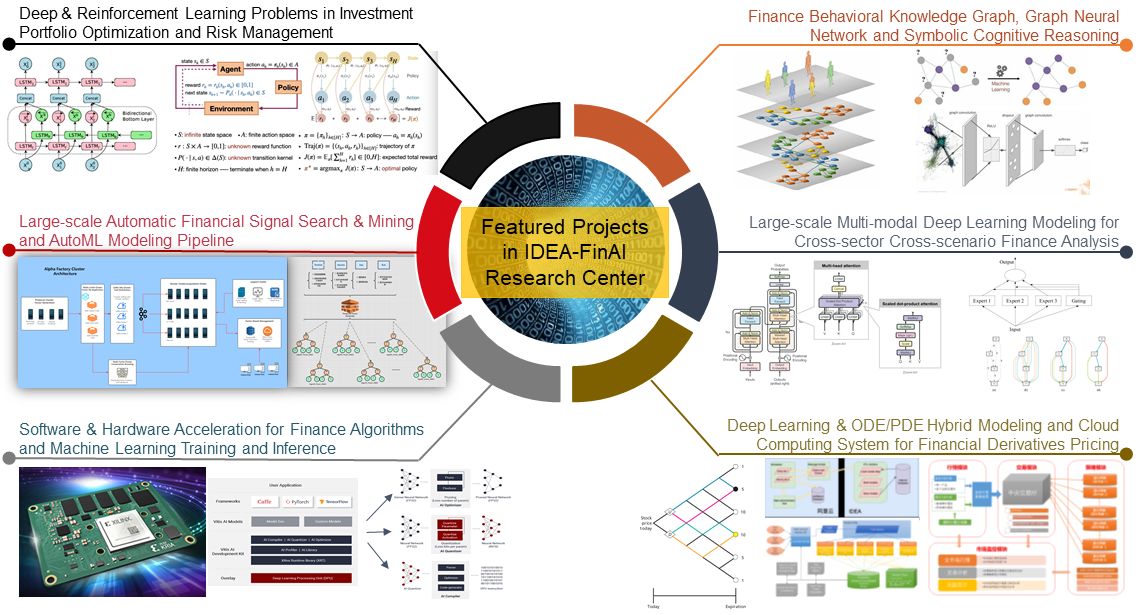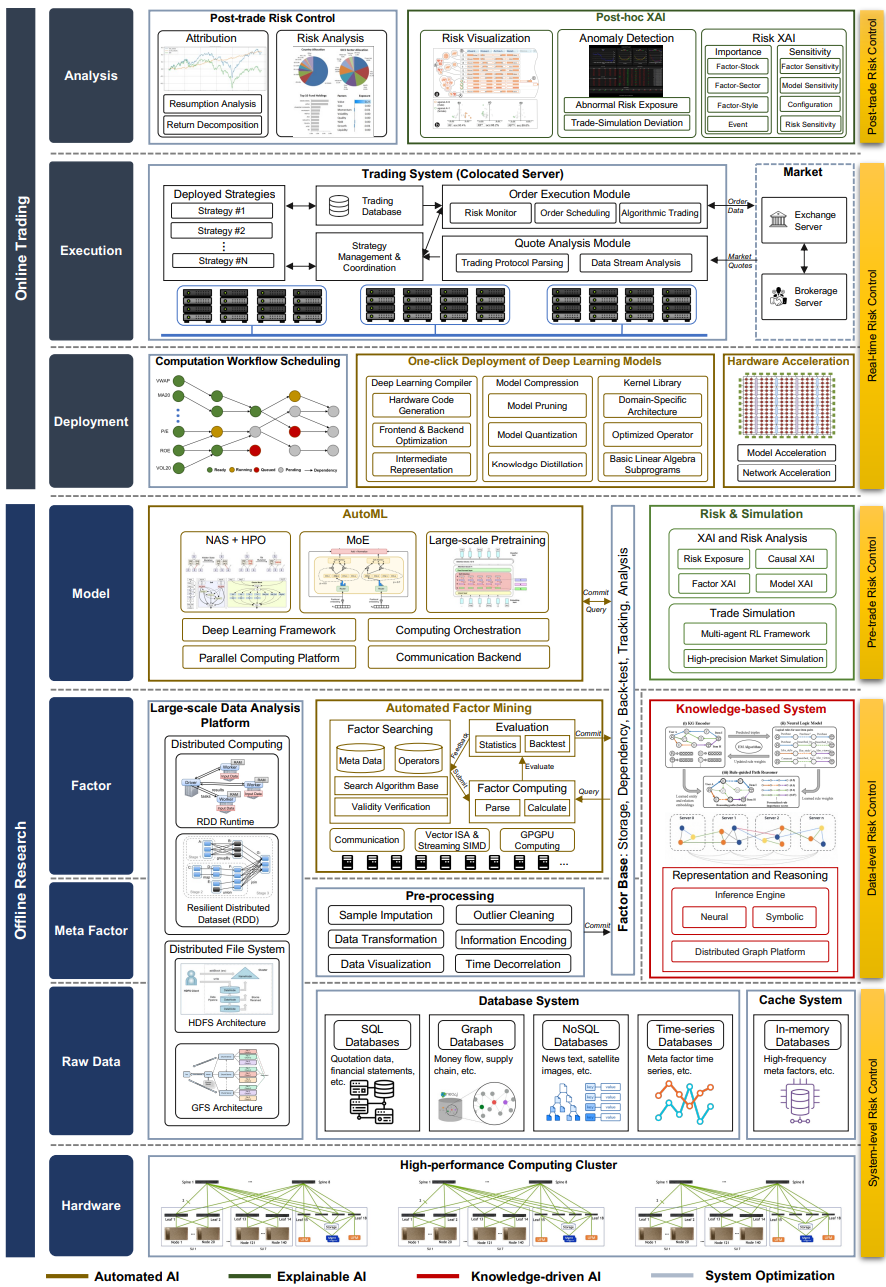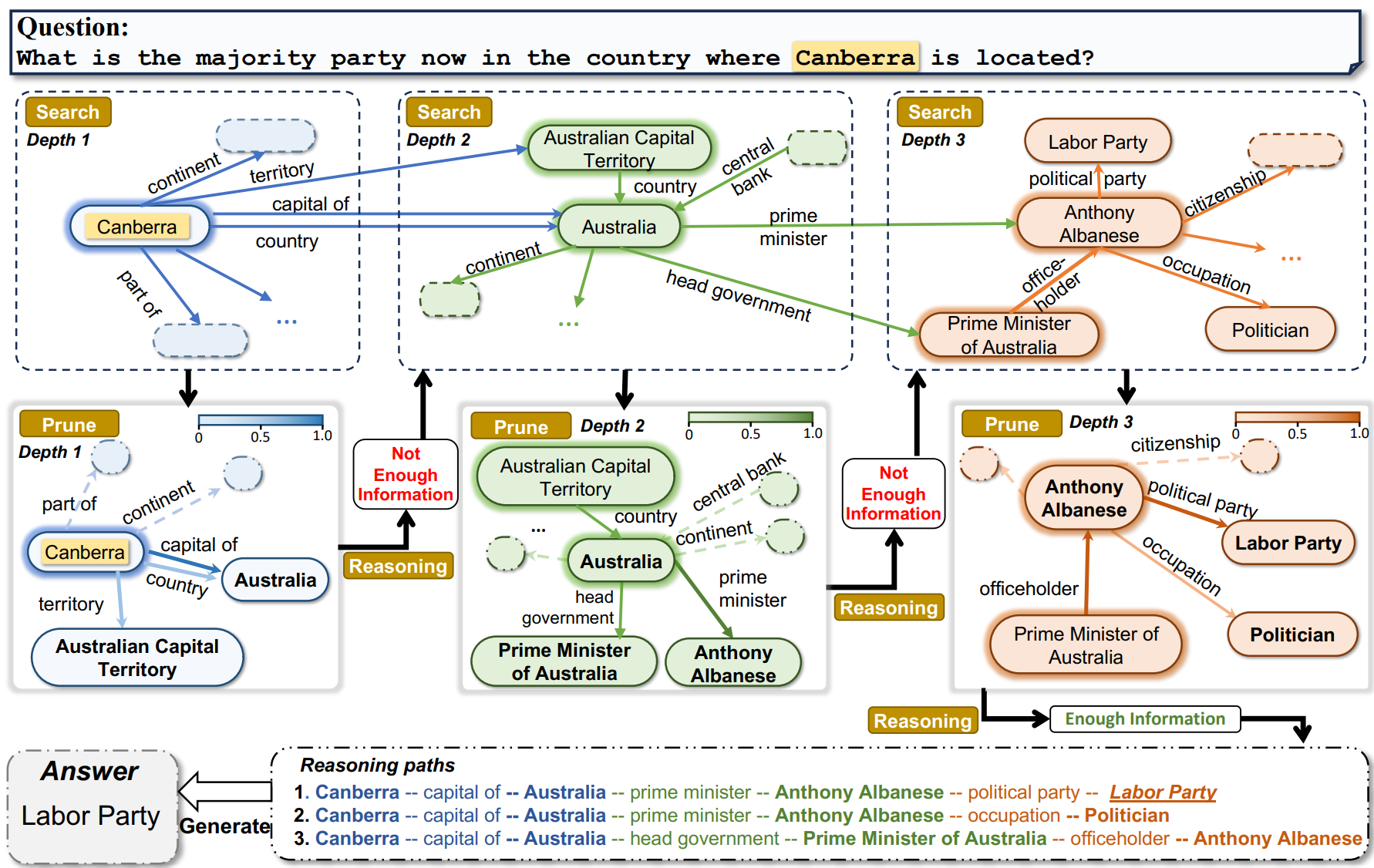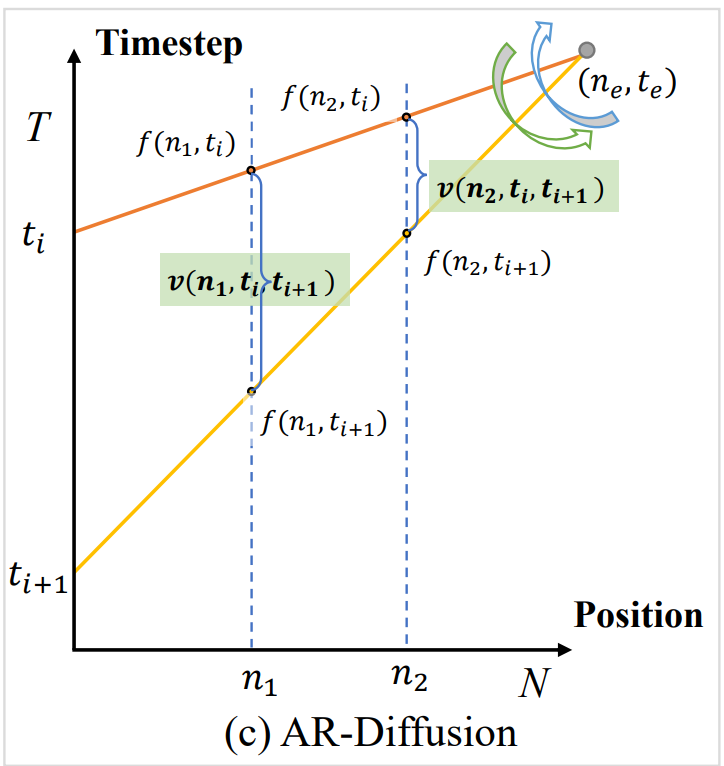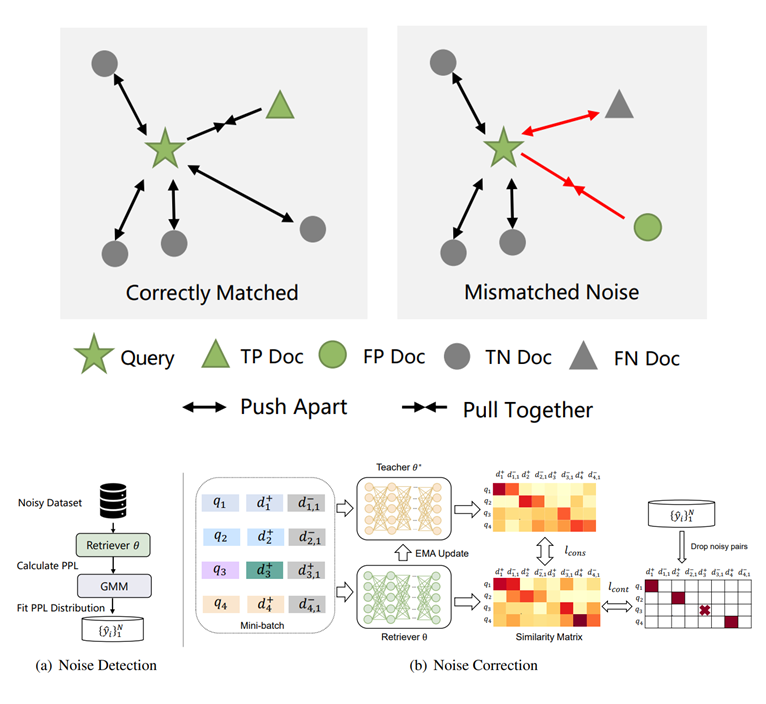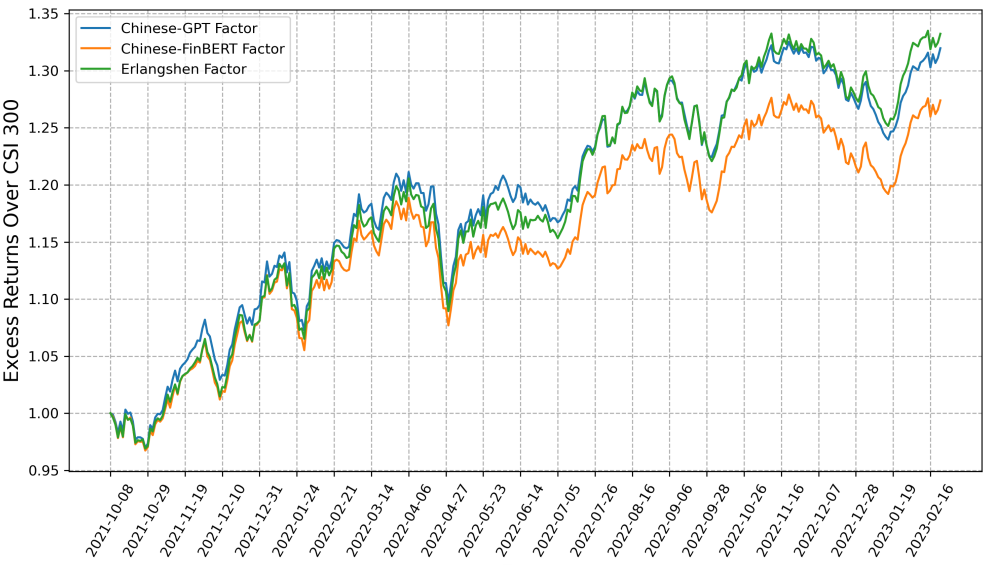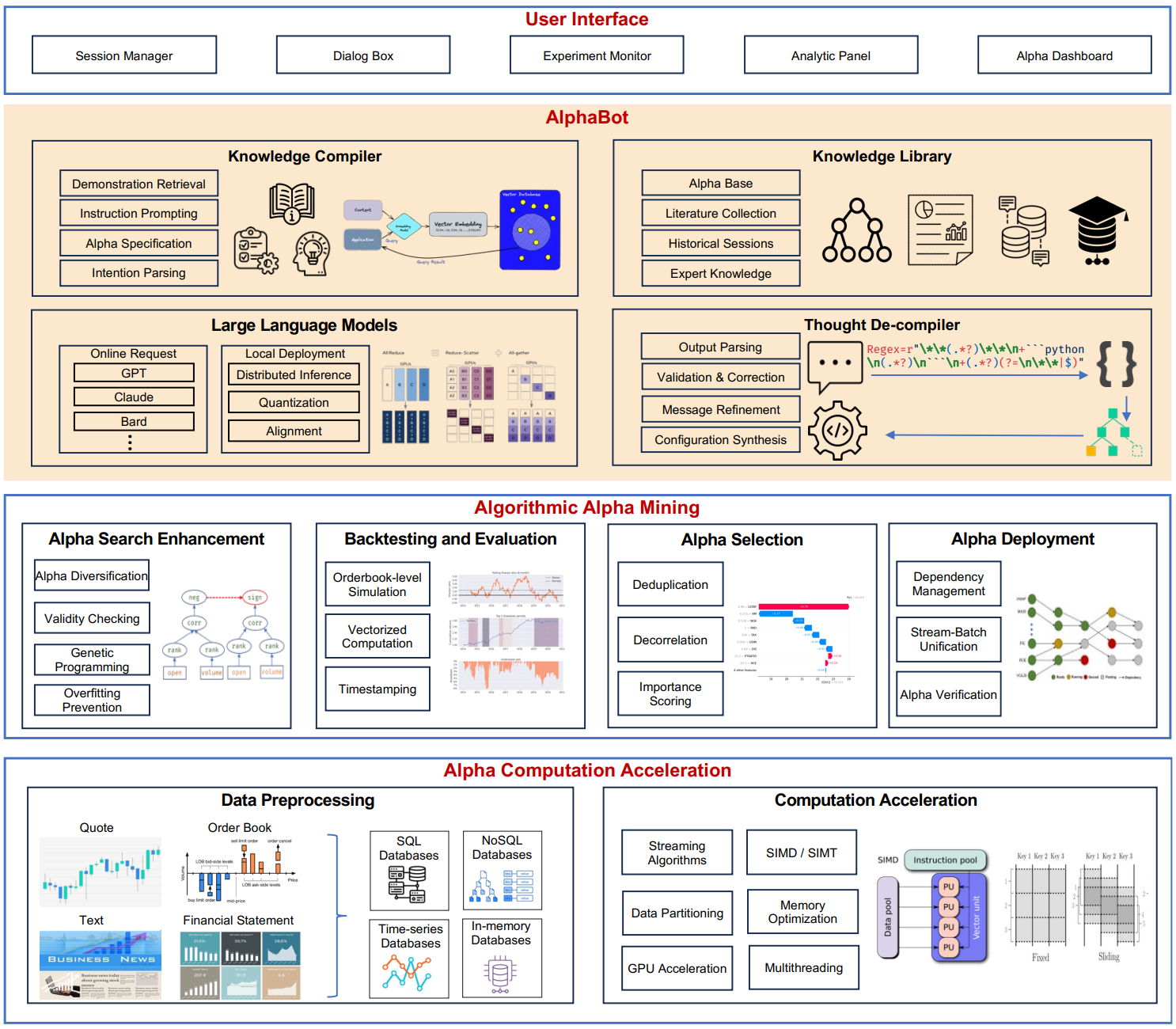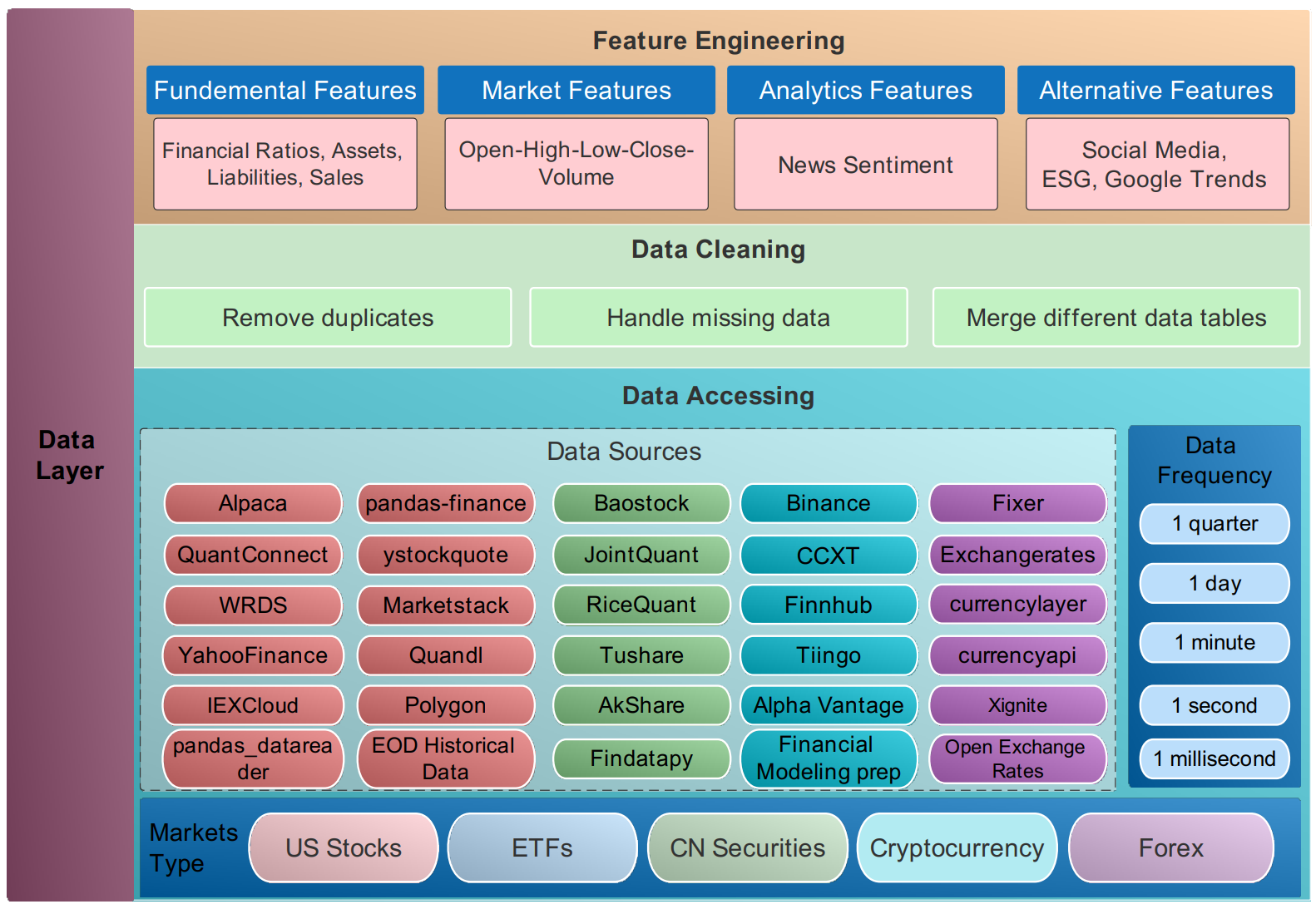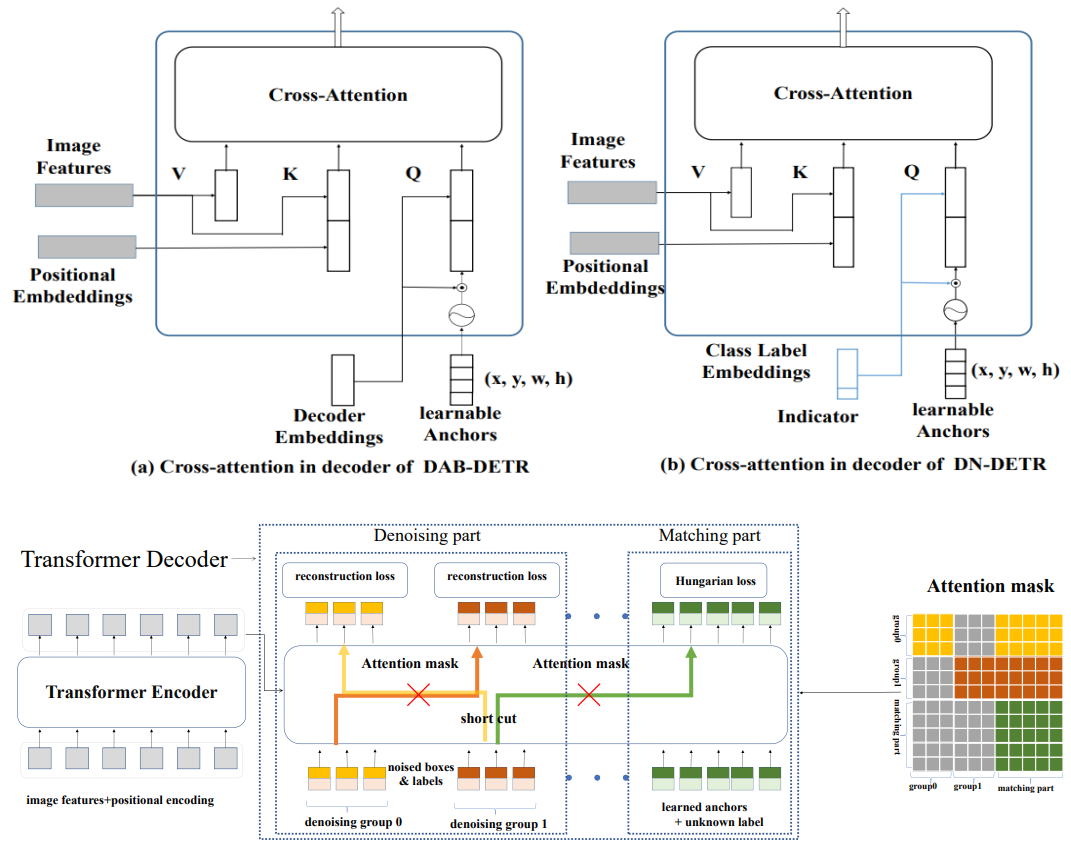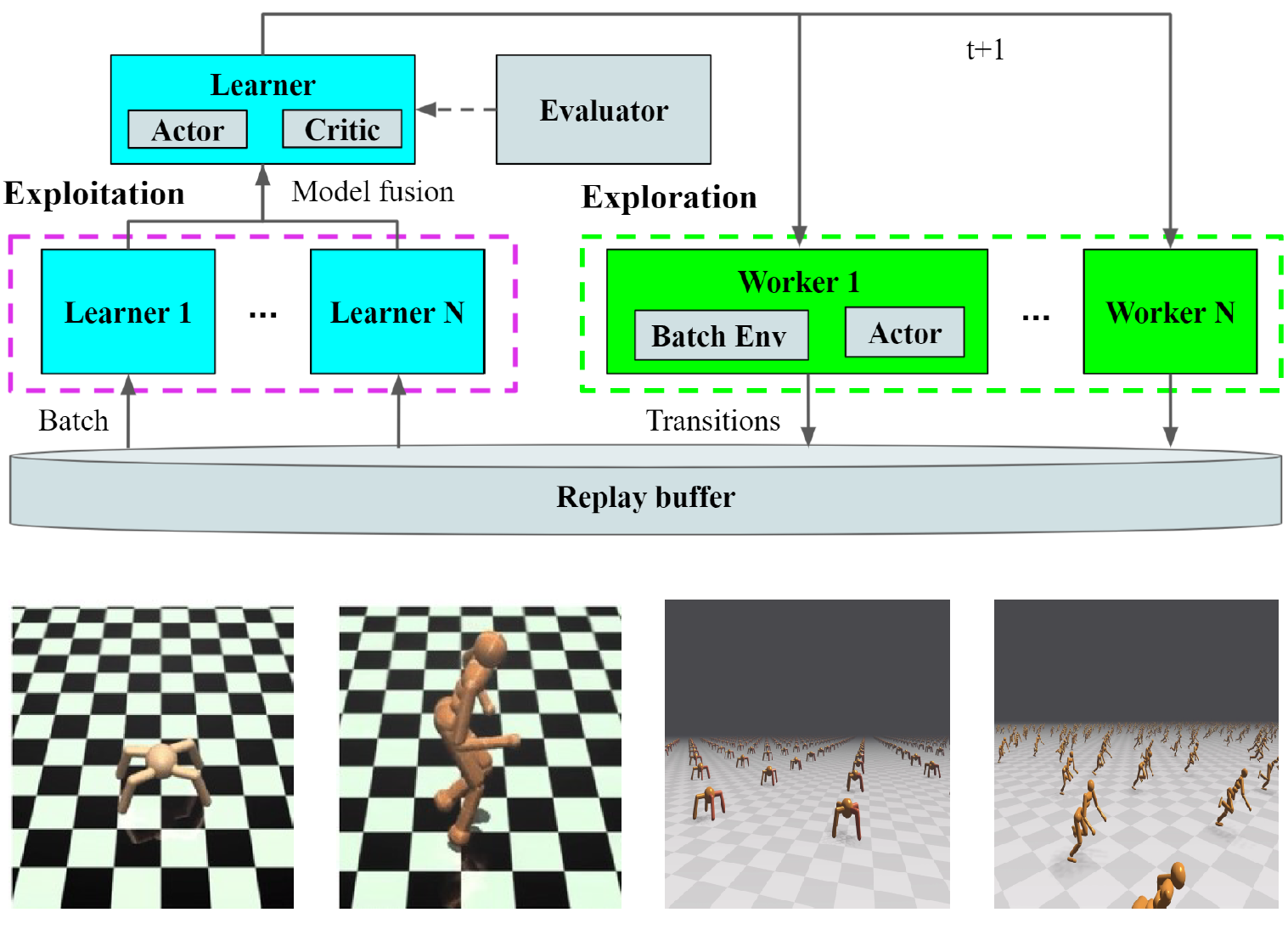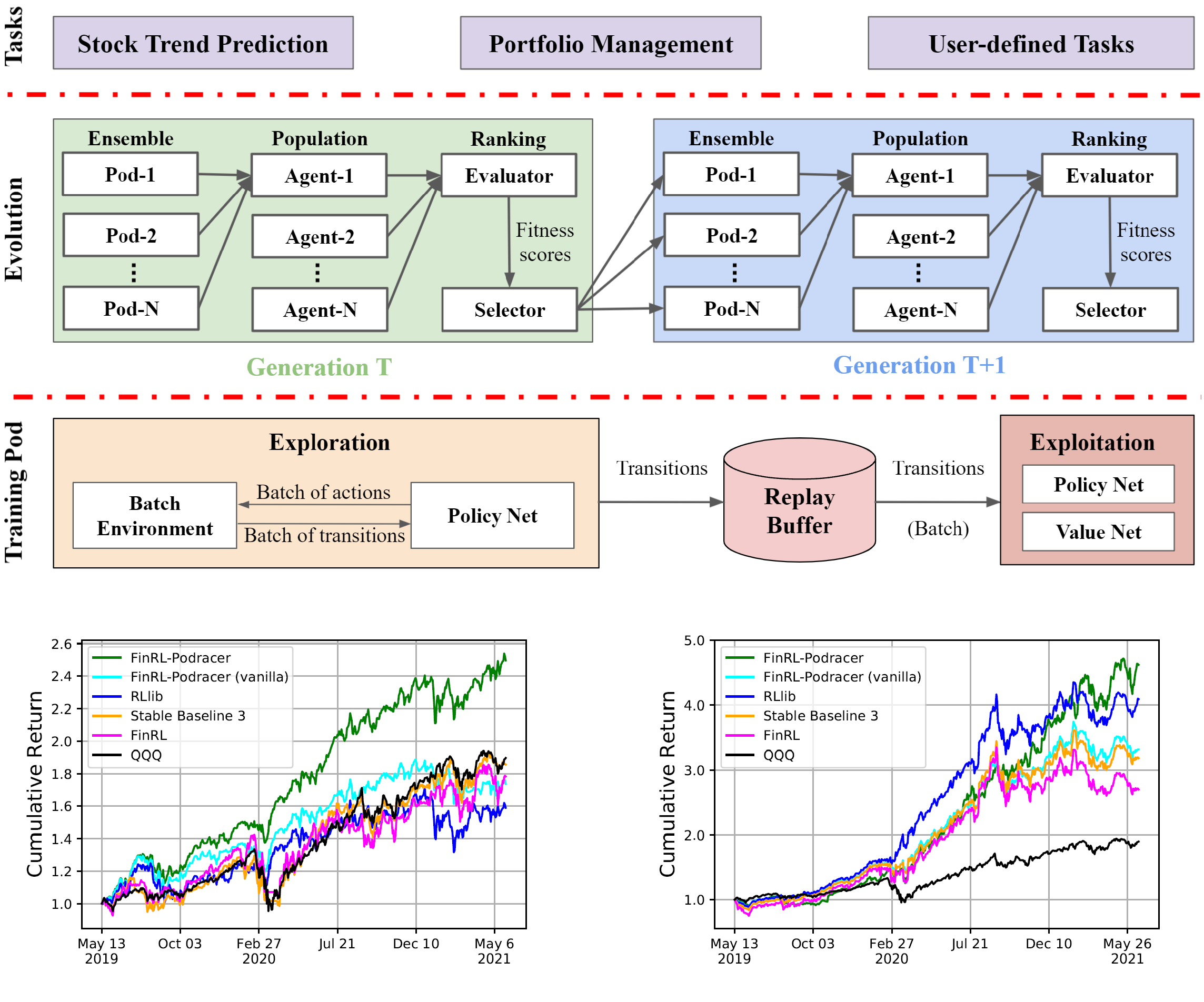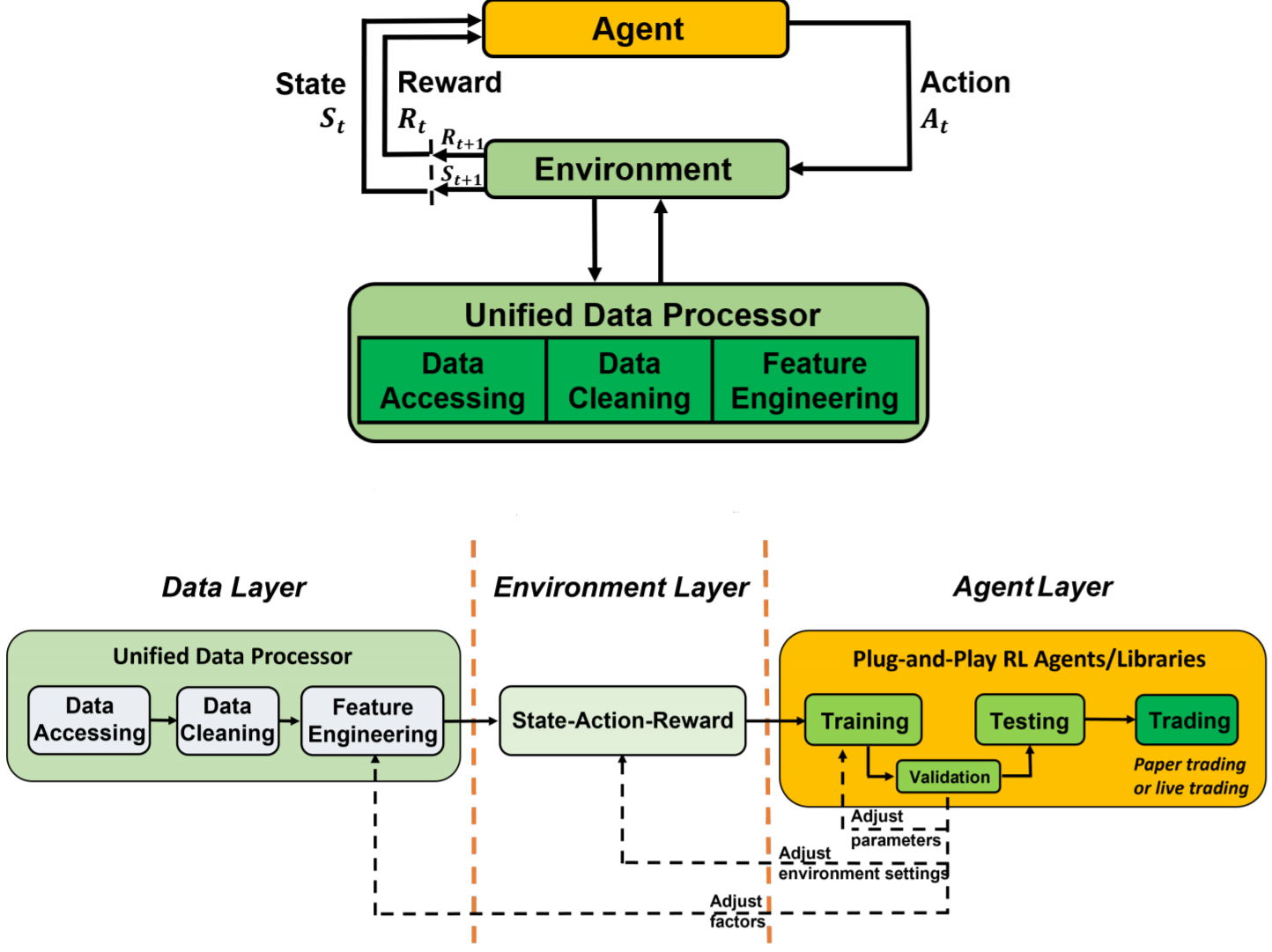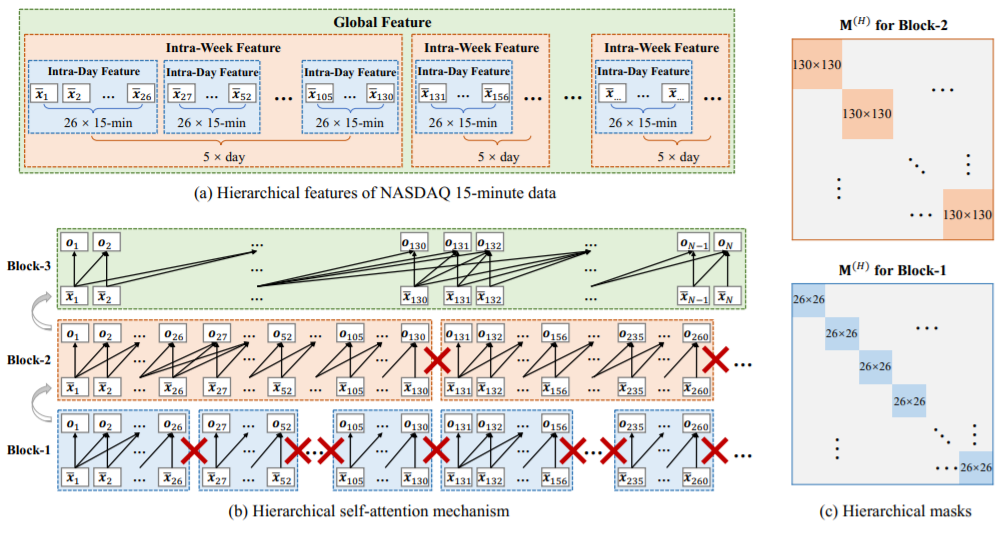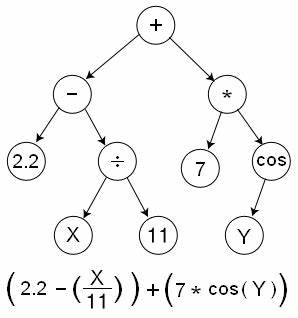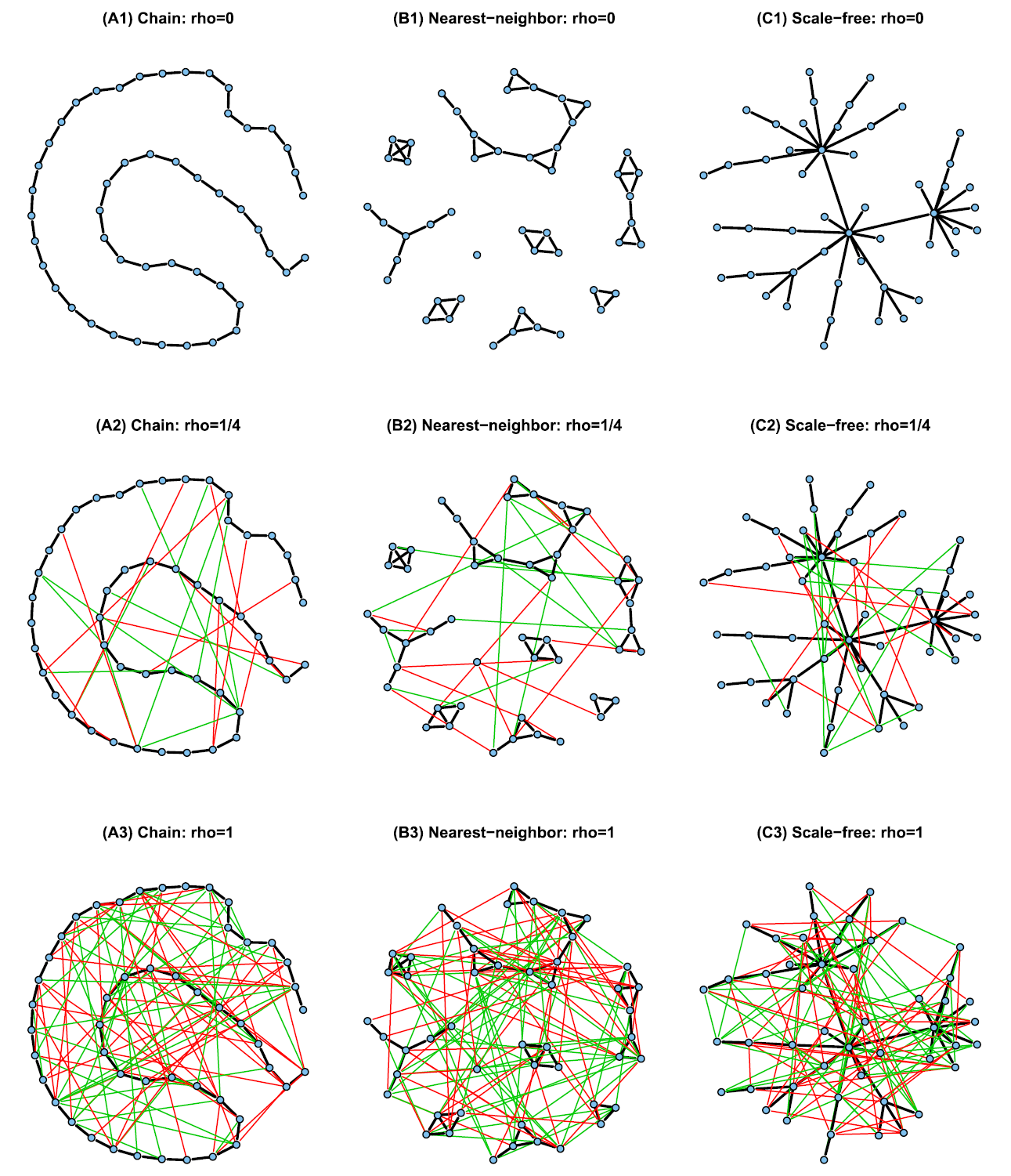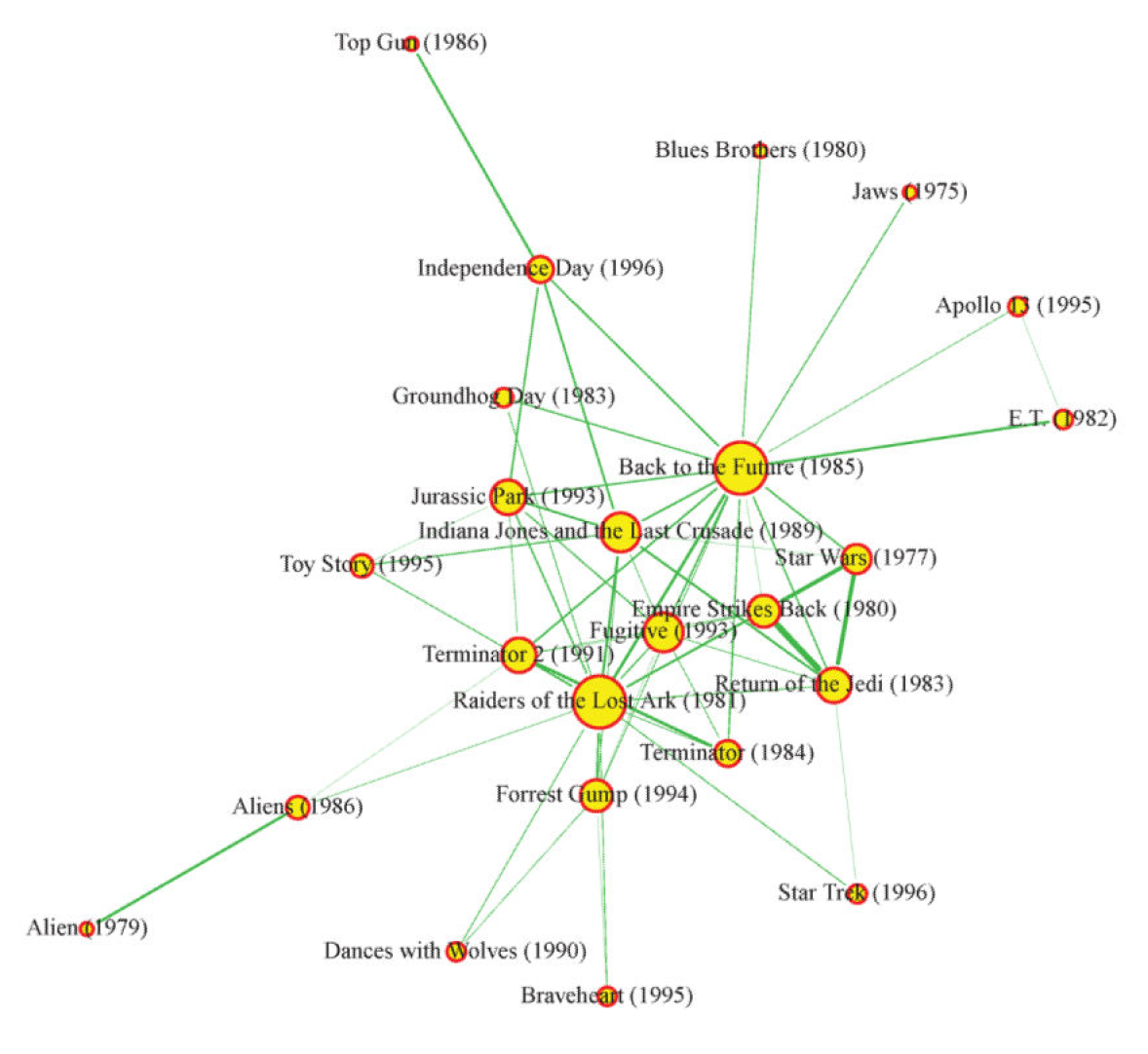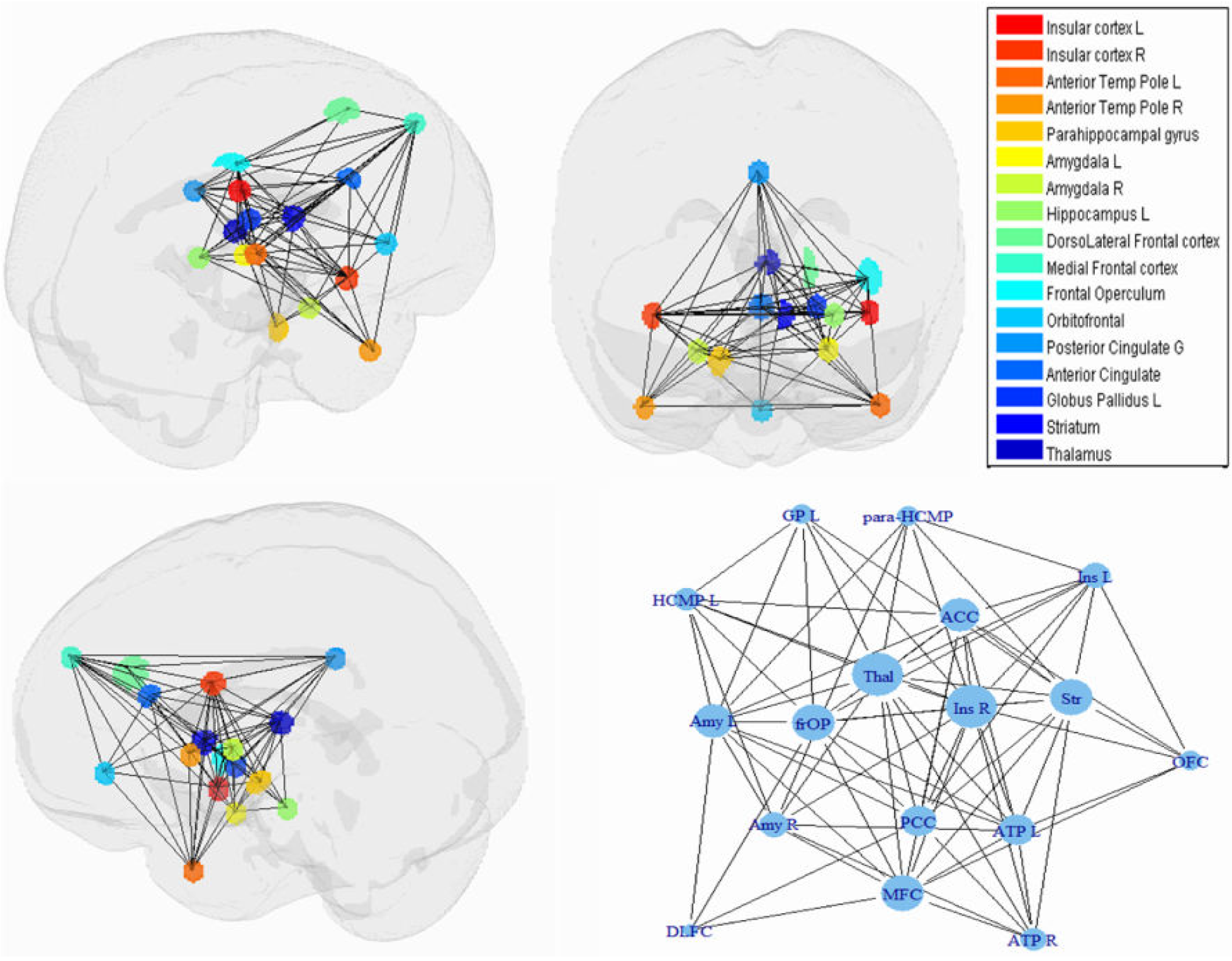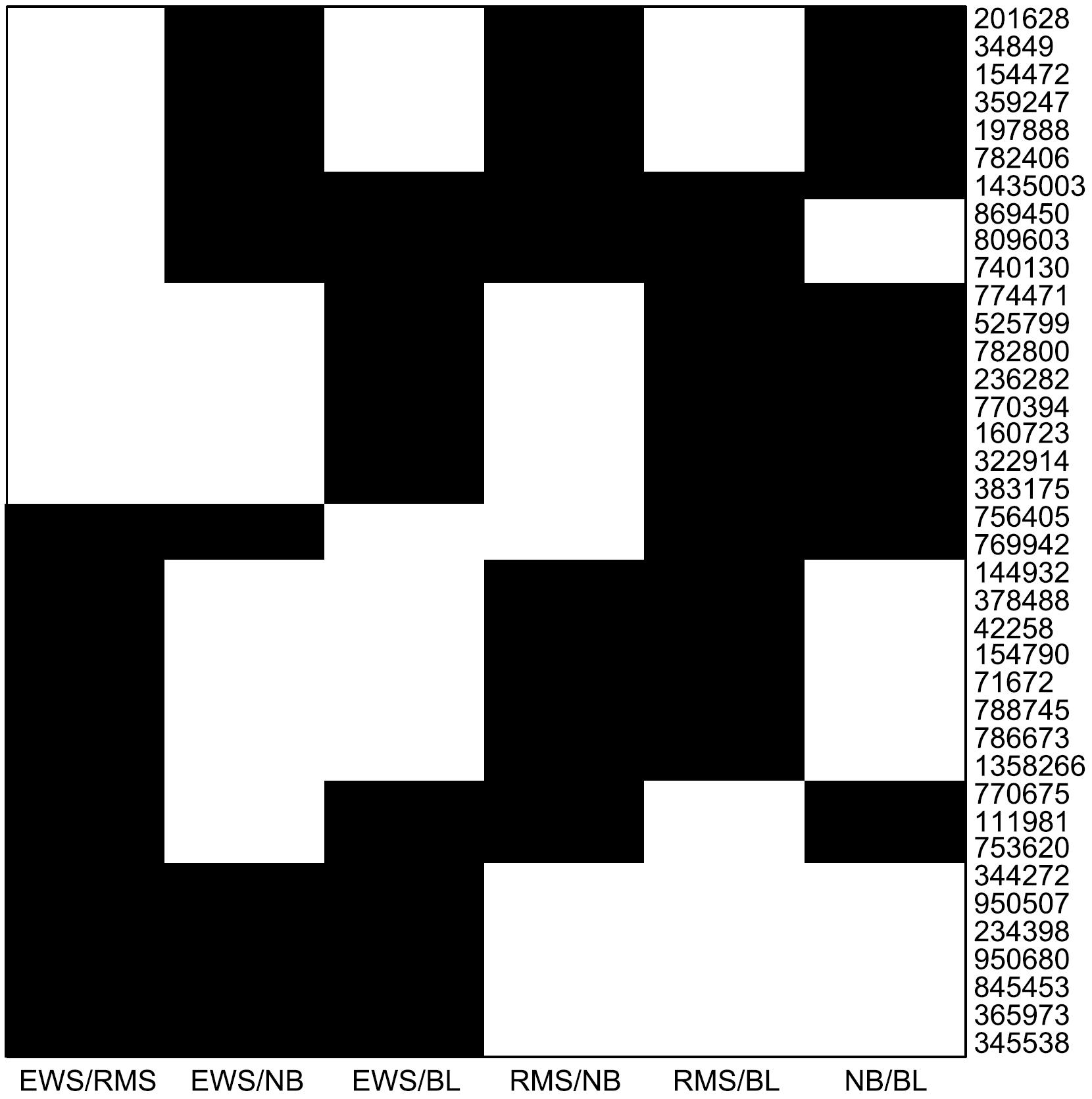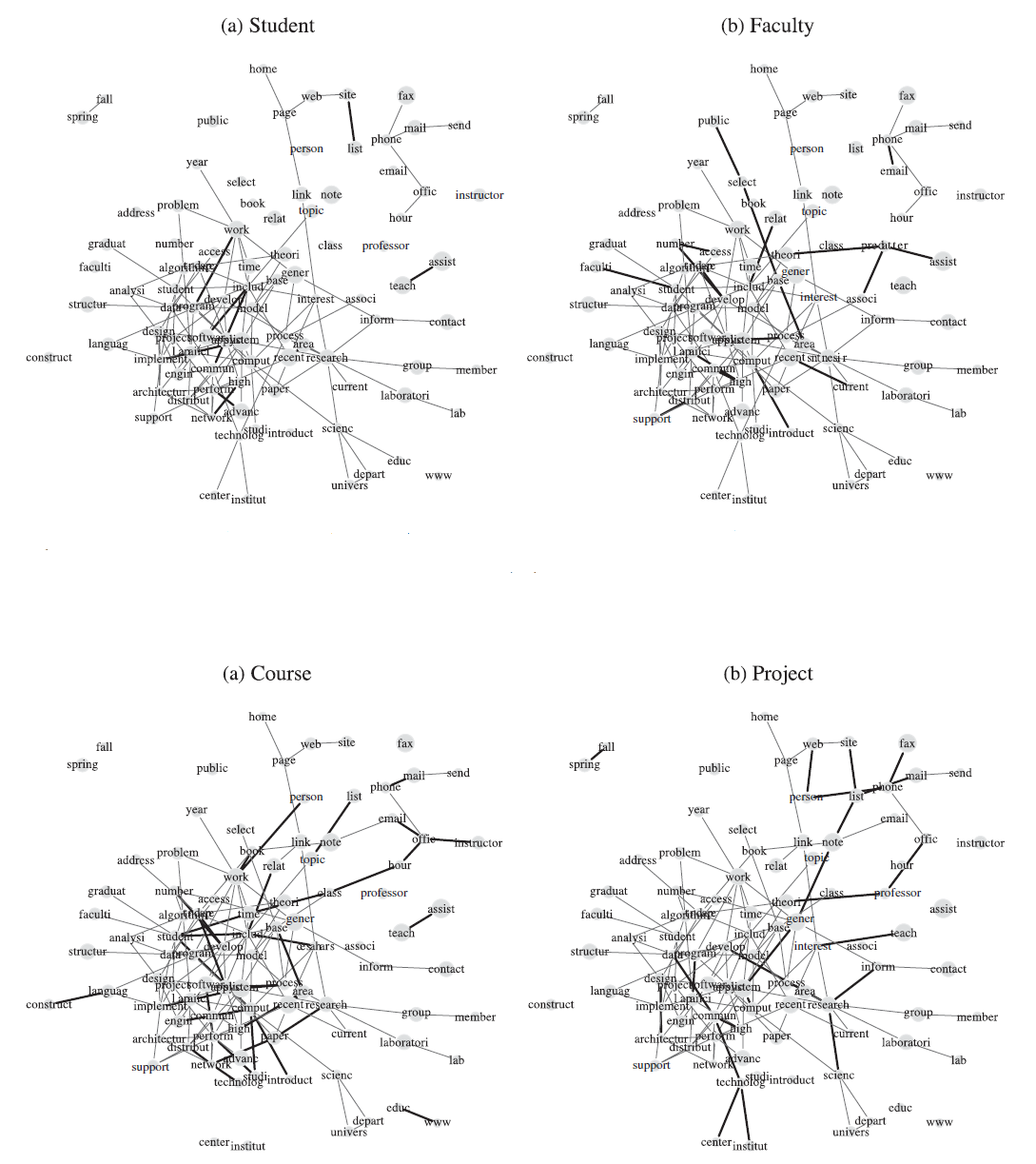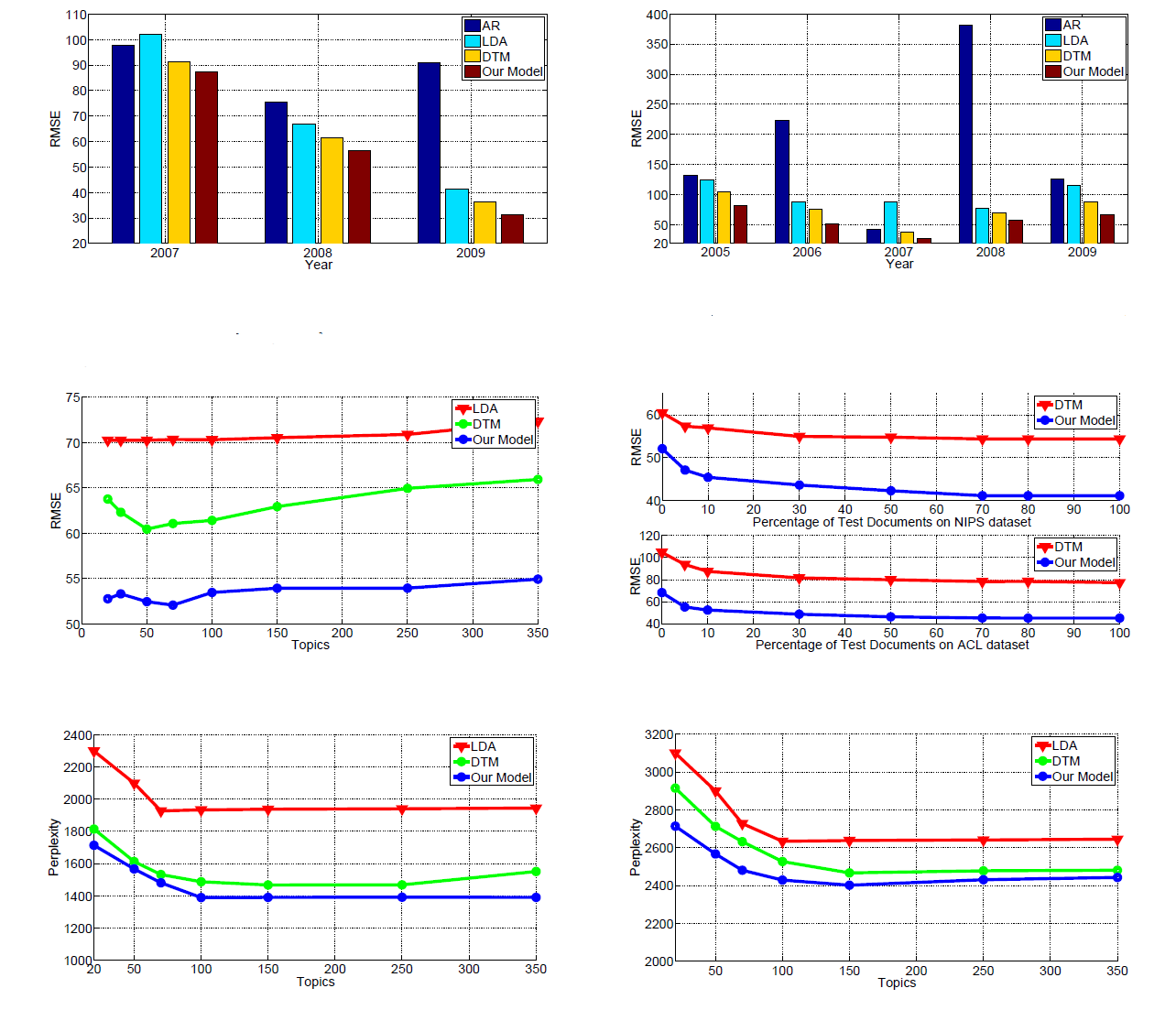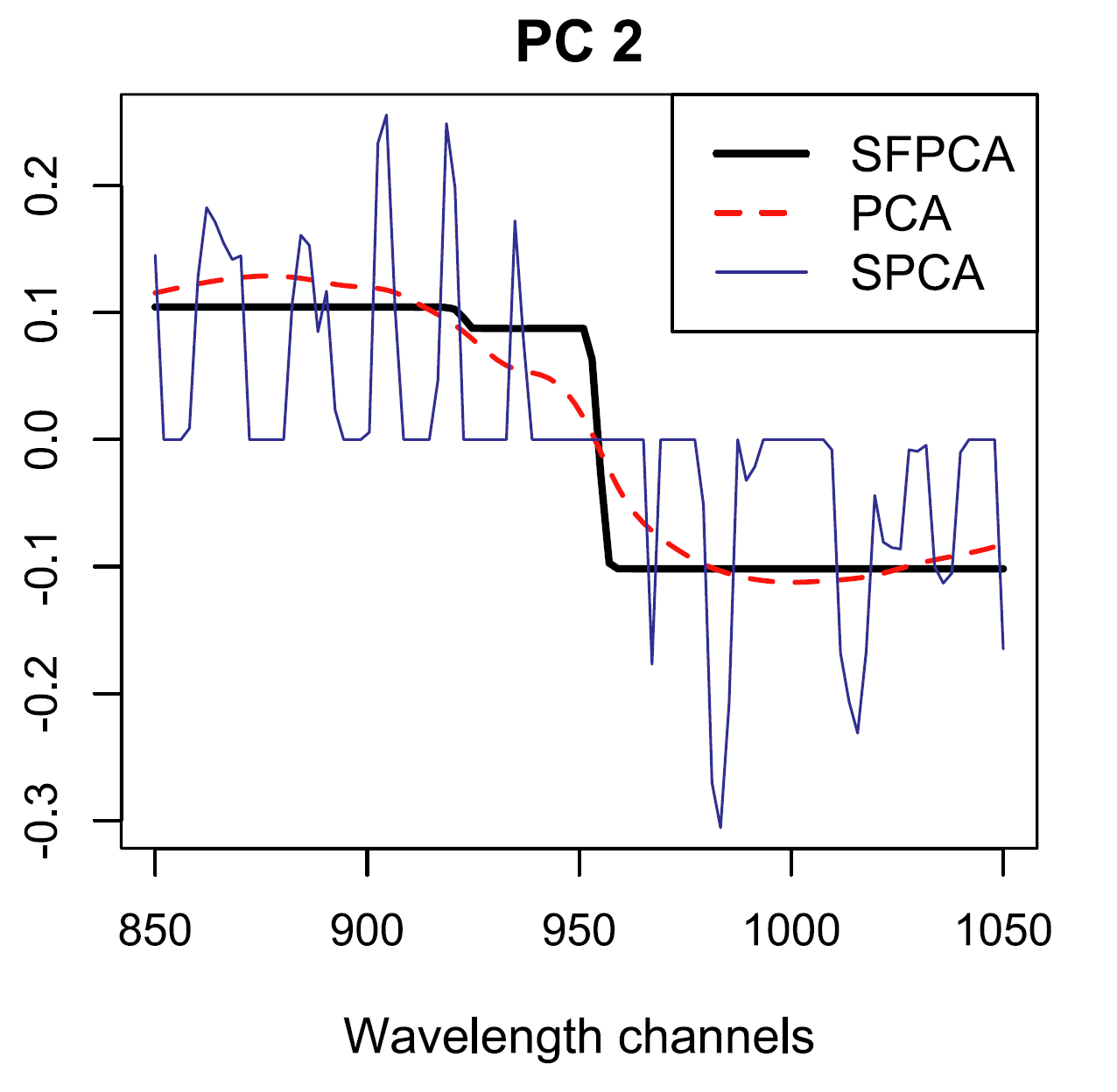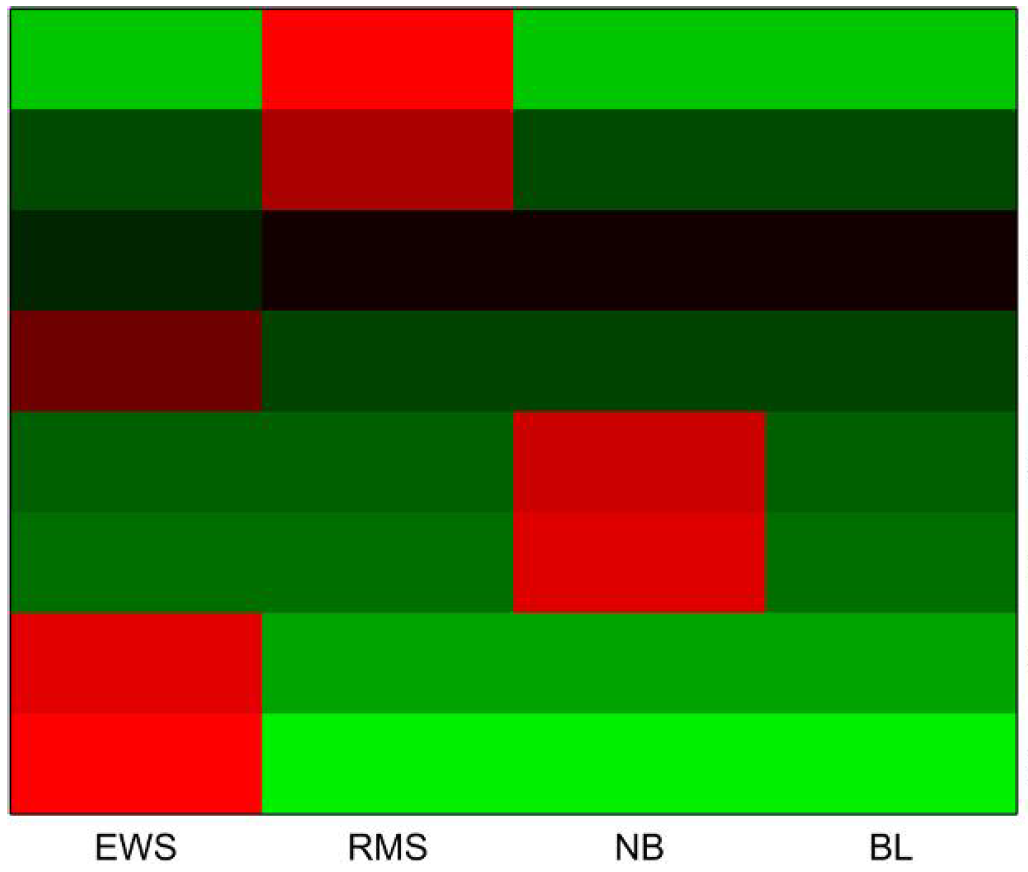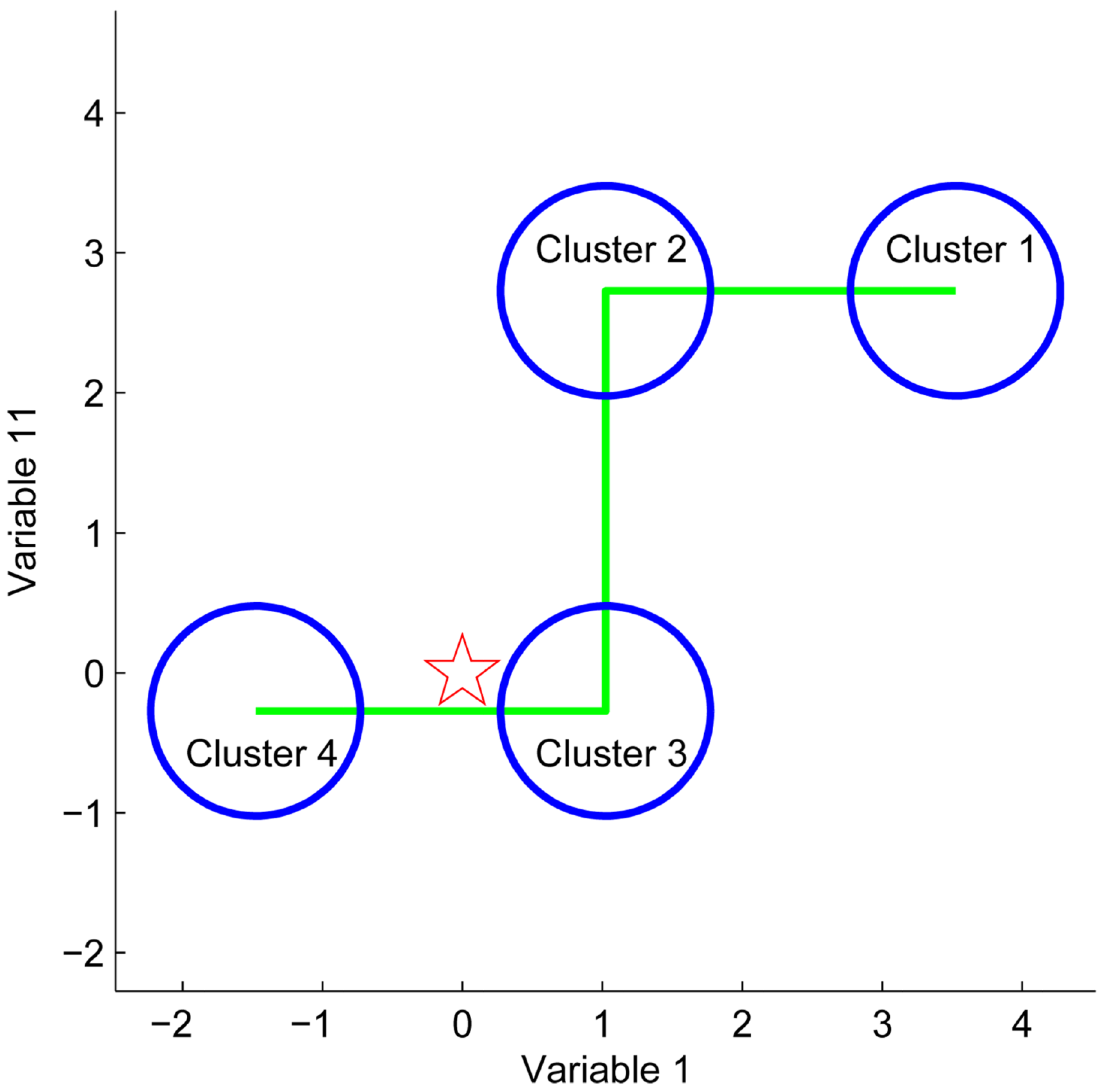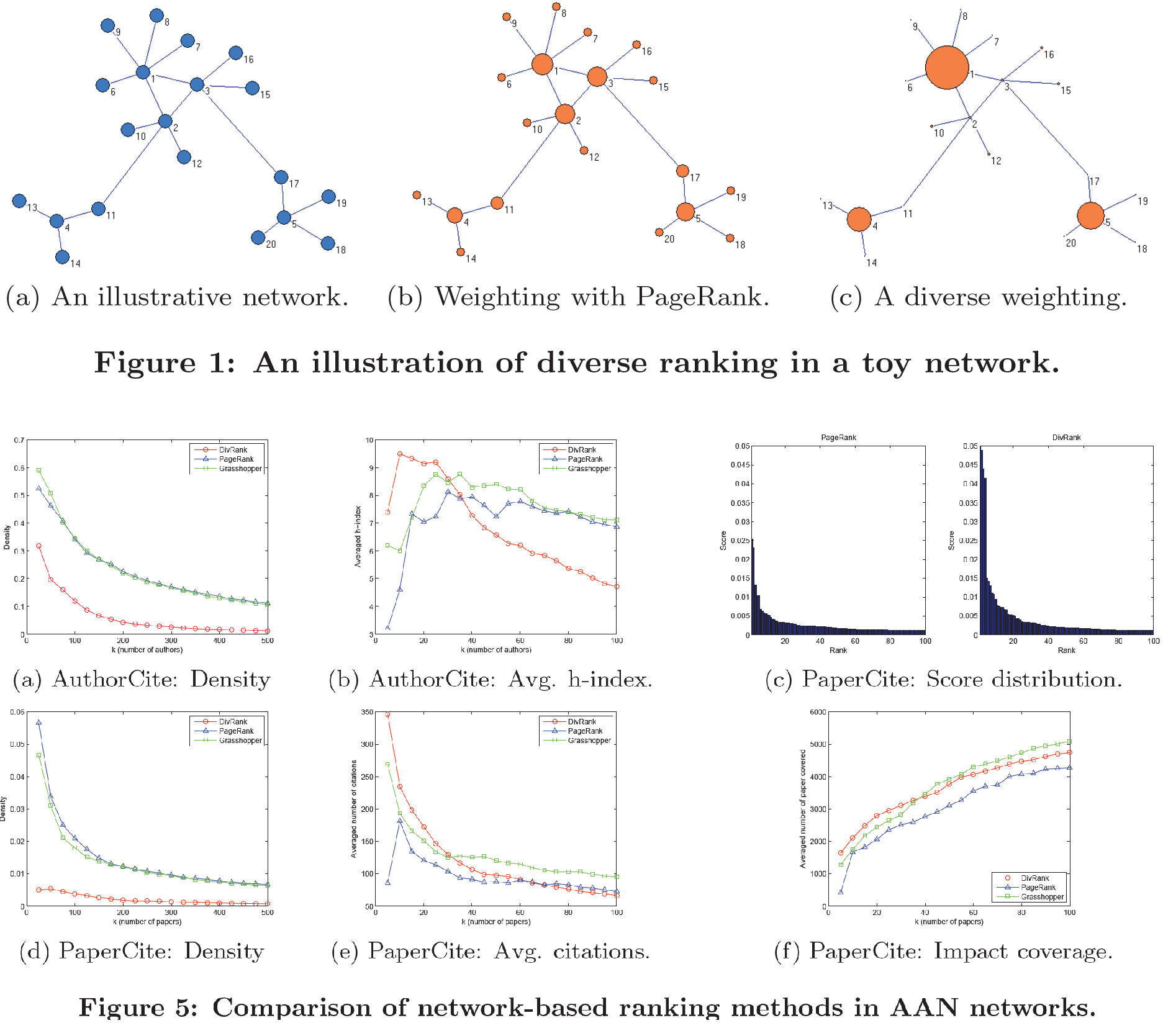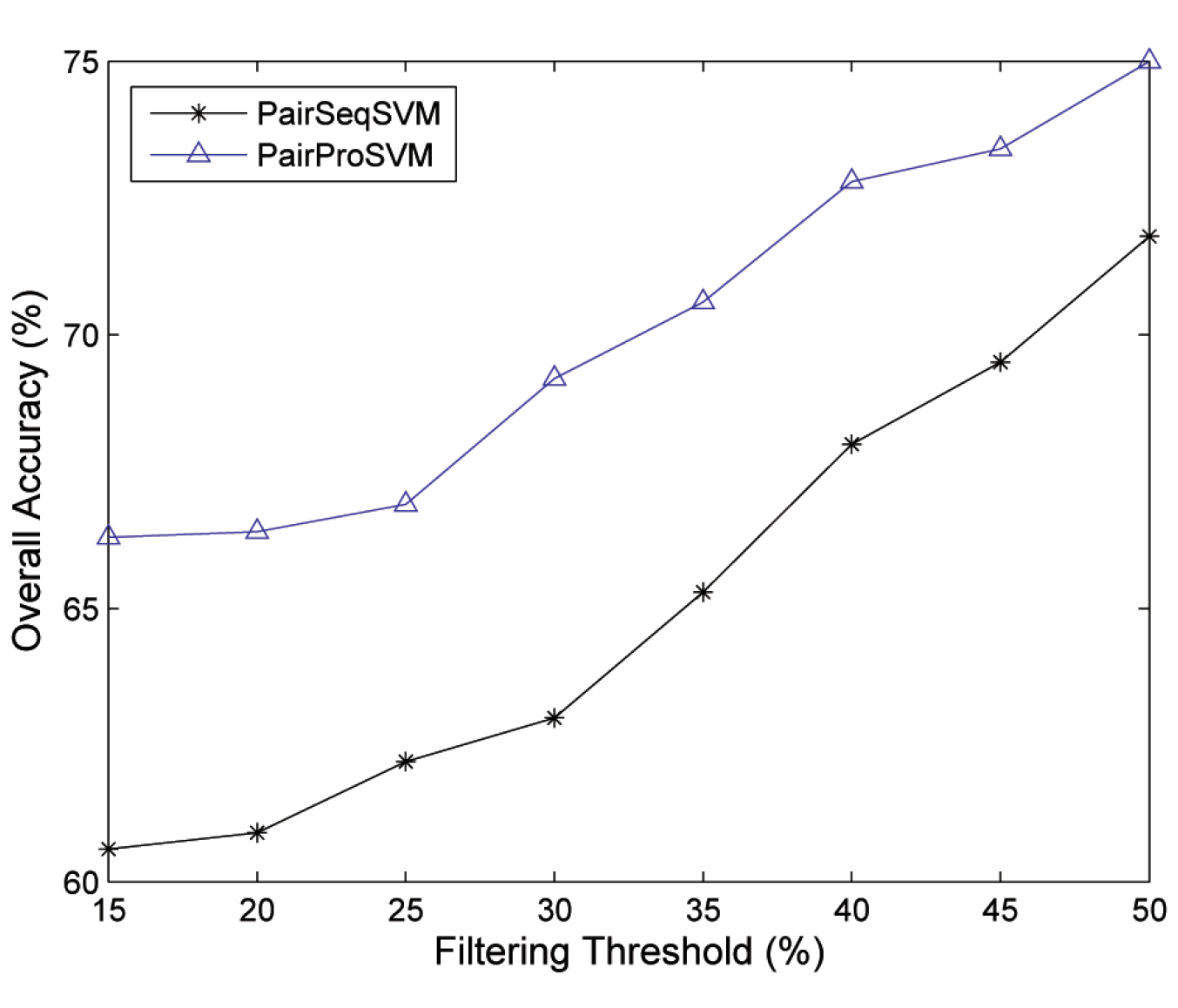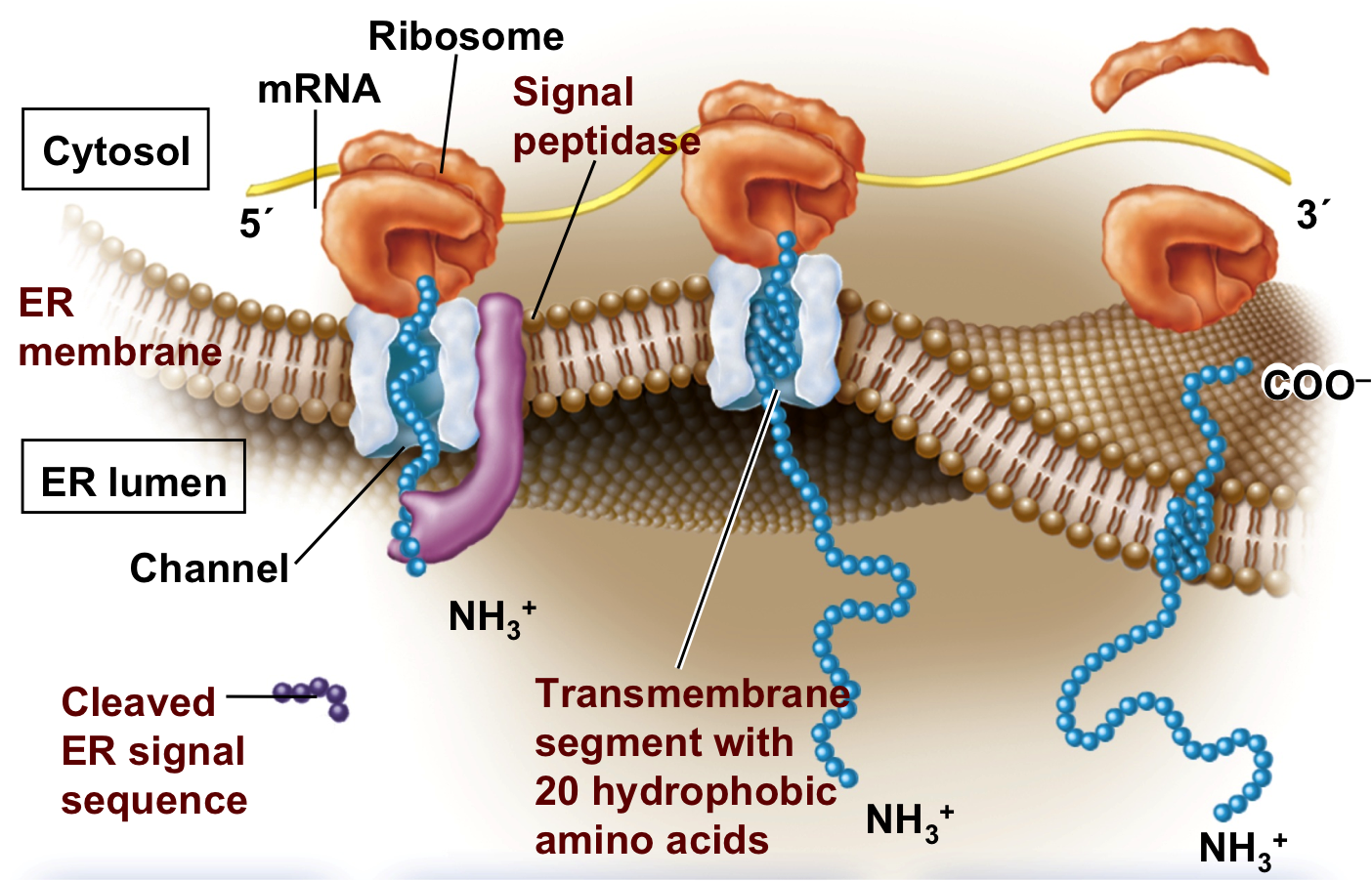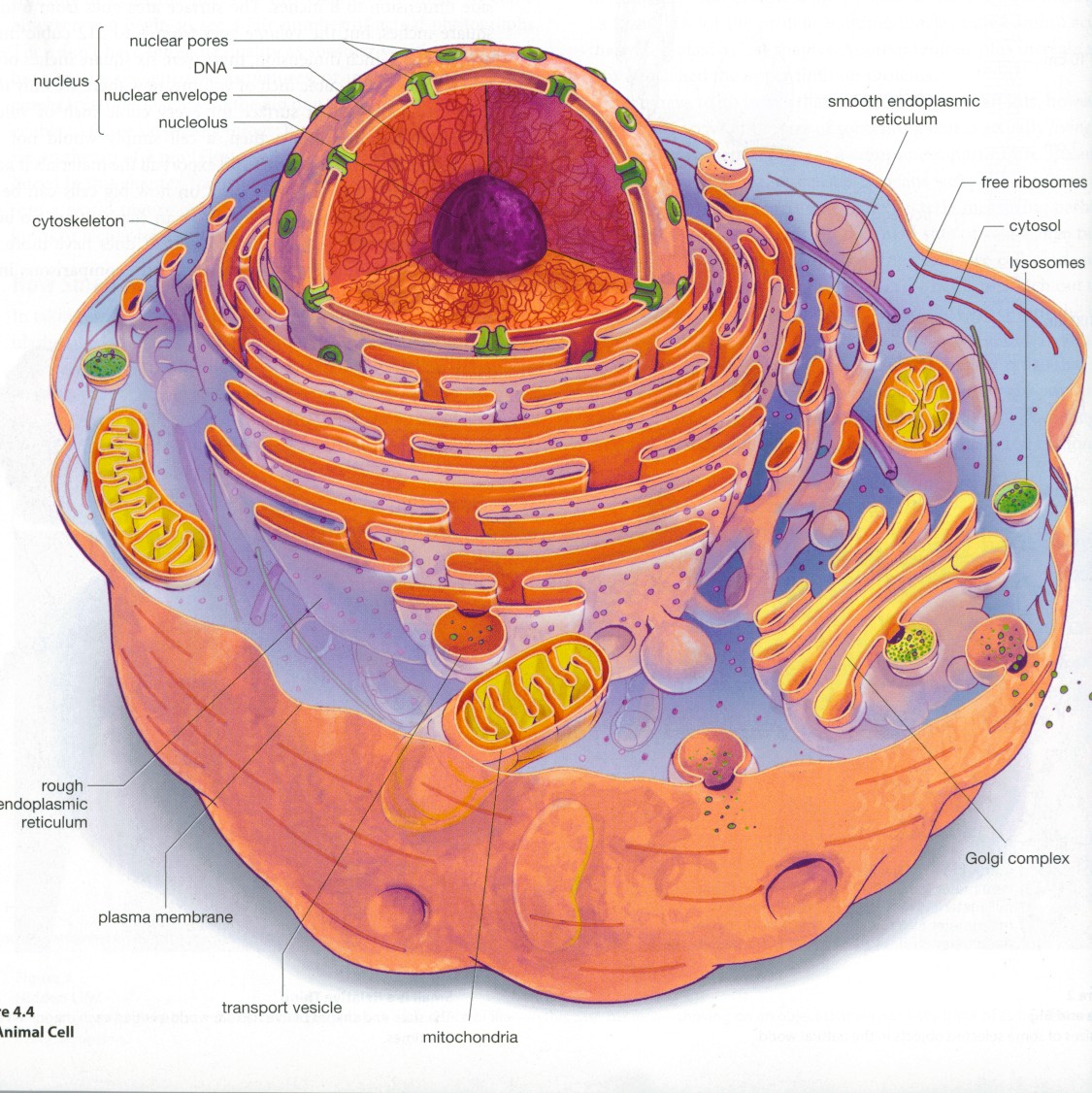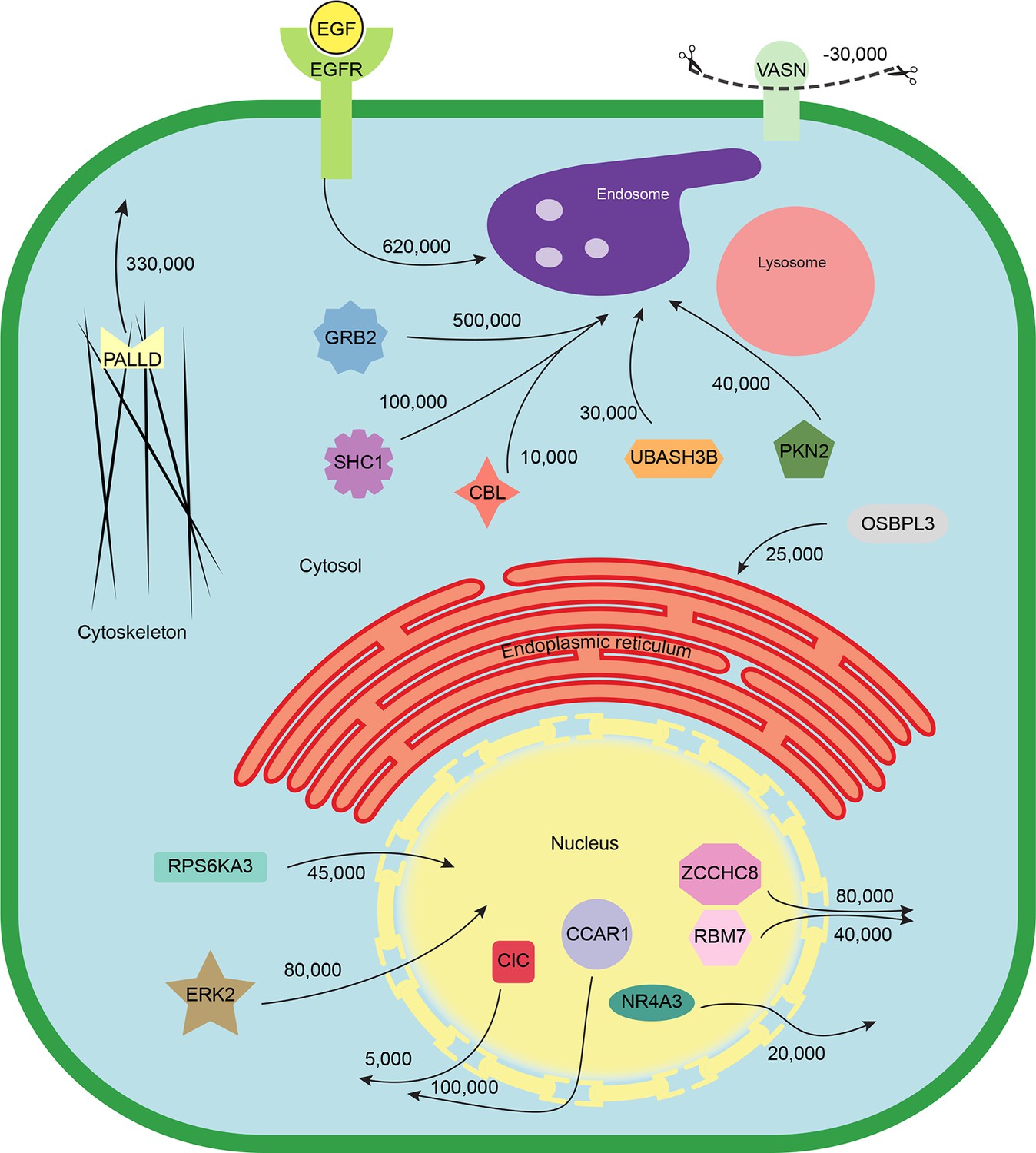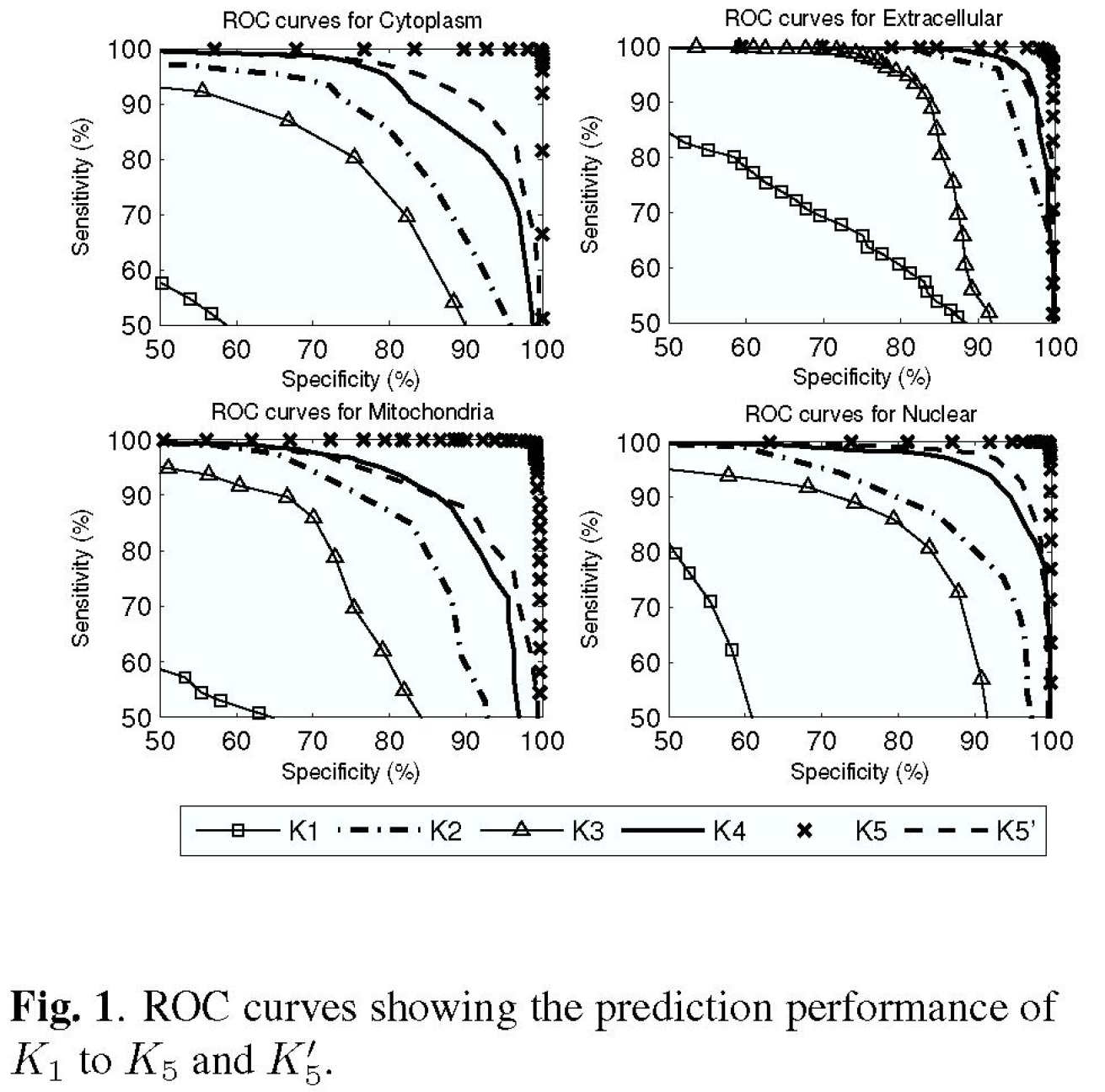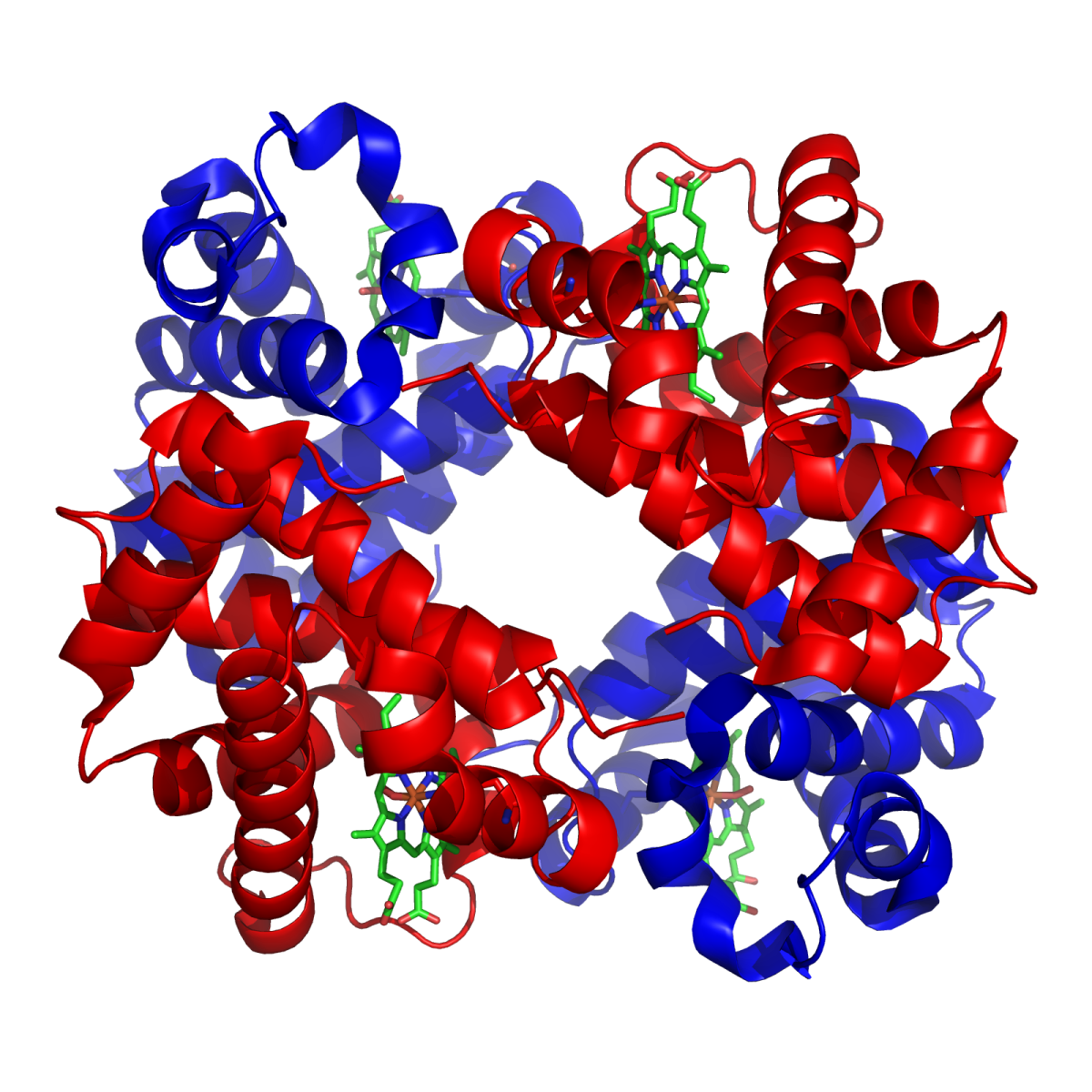We are hiring all levels of research scientists/engineers (fulltime or intern) and postdoc researchers. We also welcome prospective students to apply for my Ph.D. at the Hong Kong University of Science and Technology (Guangzhou). Please feel free to send me email if you are interested in any of these positions.
- Research Scientists and Research Engineers: we are hiring full-time research scientists/engineers as well as interns on deep learning, reinforcement learning, quantitative finance, financial machine learning, financial NLP model/system, high-throughput/low-latency finance systems etc. The job locates in Shenzhen.
- Prospective Ph.D. Students: we are looking for talents in computer science/engineering/statistics to pursue a Ph.D. degree at the Hong Kong University of Science and Technology (Guangzhou). The Ph.D. thesis will work with advisors in both HKUST (Guangzhou) and IDEA. In particular, the most execellent students major in AI finance and deep learning will be co-advised by Dr. Harry Shum (Founder and Chairman of IDEA, Former Executive Vice President of Microsoft Cooperation, Foregin Member of US National Academy of Engineering) and me.
- Postdoc Researchers: we are hiring postdoc researchers on deep learning, reinforcement learning, NLP, knowledge graph reasoning and computer system as well as their application in finance and investment.
- Research Assistants: we are looking for research assistants who graduated from prestigous universities and plan to do 1-2 years research before pursuing a higher degree (e.g., Ph.D.).

